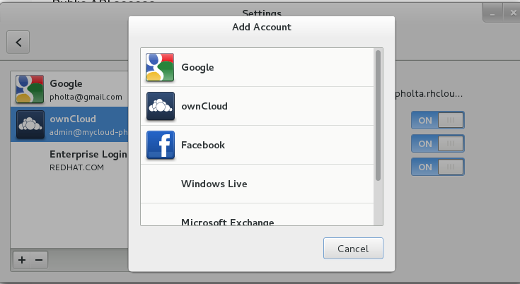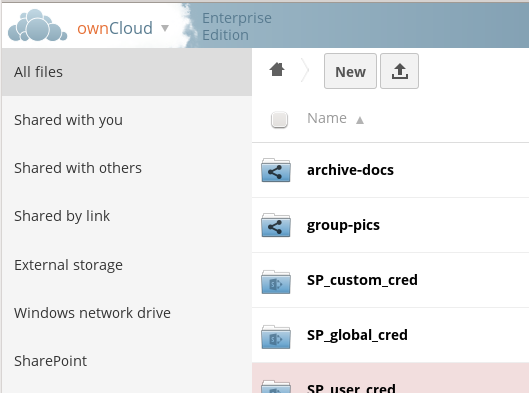
Generally speaking, though, WebDAV support is not widespread throughout the industry, and that will probably not change anytime soon.

Other services provide tools to mitigate the lack of a working WebDAV server. Dropbox, for instance, can be used with DAVbox to achieve WebDAV access. Matters are especially bad on the server side: many online storage services, including Dropbox, Google Drive, and Microsoft OneDrive, do not support the WebDAV extension to HTTP. Yet to call WebDAV a ringing success would be unrealistic, as neither the server nor the client side has achieved widespread use. WebDAV has gained traction since then: Private cloud solutions such as ownCloud and NextCloud support and can be accessed through it. WebDAV's sole purpose was to provide an interface that allows files in a remote location, such as online cloud storage, to be accessed and edited the same way local files can be. WebDAV was specified as early as June 2007 by the IETF to extend the HTTP protocol for Web Distributed Authoring and Versioning (WebDAV for short). Many IT professionals are likely shaking their heads fiercely, knowing there's a protocol for these types of tasks that could be used. To mitigate this challenge, some tools allow you to select a subset of data to synchronize between the client and the online service this shifts the problem to the side a bit but certainly does not solve it. For instance, you might not want the dozens of gigabytes of data stored in your cloud to also reside on your small local device. Some online storage providers try to work around the issue with clients that synchronize contents between the cloud and the local machine. Not only does this break your UI and UX it also creates chaos.
#OWNCLOUD WINDOWS DOWNLOAD#
To edit an Excel sheet stored in the cloud, you must download the file from the cloud, store it locally, modify it, and upload it again. Because these files are not available locally, a computer's operating system cannot manage or display them the same way it displays local files. With cloud-based storage, things are not so easy. If all a user's files are stored on the same device, it is easy to put them in a tree-like structure (as desktop operating systems have been doing for ages) and present a unique view to the user. This comes from the old-fashioned assumption that a user's files will be hosted on a single device. To start, all modern operating systems-notably Windows, macOS, and Linux (along with its numerous derivatives)-assume they are exclusively in charge of a user's files.

It helps to look a bit deeper to understand the problem and come up with possible solutions.
#OWNCLOUD WINDOWS FREE#
Free online course: RHEL technical overview.As a result, desktop users often face tedious user interfaces (UIs), reduced comfort, and poor user experience (UX) with online file storage. Online storage services such as Dropbox, S3, and iCloud use proprietary protocols (partially based on open protocols such as WebDAV), which cannot be implemented easily on desktop operating systems. The methods and protocols for accessing online storage have changed often, and no single protocol has established itself as a de-facto standard. Many of the reasons boil down to the protocol. Rather, accessing iCloud, ownCloud, or other storage solutions from a computer is a tedious task for several reasons. Smartphones are an excellent example of cloud storage's advantages clients including Dropbox, Google Drive, and iCloud are deeply integrated into mobile operating systems and can be used in apps just like local storage.Ĭlassical desktop and laptop computers don't integrate online storage as well as smartphones do. It also enables people to share files with relatives, friends, or colleagues in just a few simple steps. Cloud storage also allows users to extend their storage space easily without having to fiddle with their device hardware. Ordinary people would have a tough time setting up anything similar with the tools generally available to them. Cloud storage usually resides on highly redundant infrastructure, often distributed across physical sites. There's an easy explanation for why online (or "cloud") storage has so many fans. While the protocols used and features expected for accessing data on online storage have changed massively, the basic idea hasn't altered much since the days of FTP and similar protocols.

Yet, the principle's technical roots are anything but new, with implementations reaching back decades.

Thanks to the rise of cloud computing, the idea of storing files remotely and downloading them when needed has gained a lot of fresh air in recent years. Most computer users nowadays rely on online file storage.


 0 kommentar(er)
0 kommentar(er)
